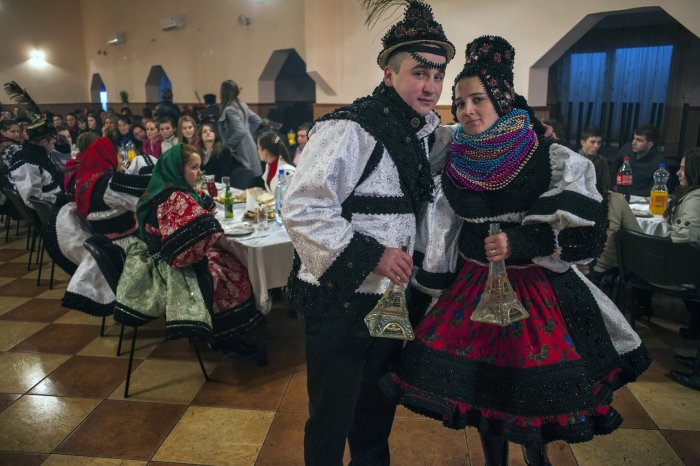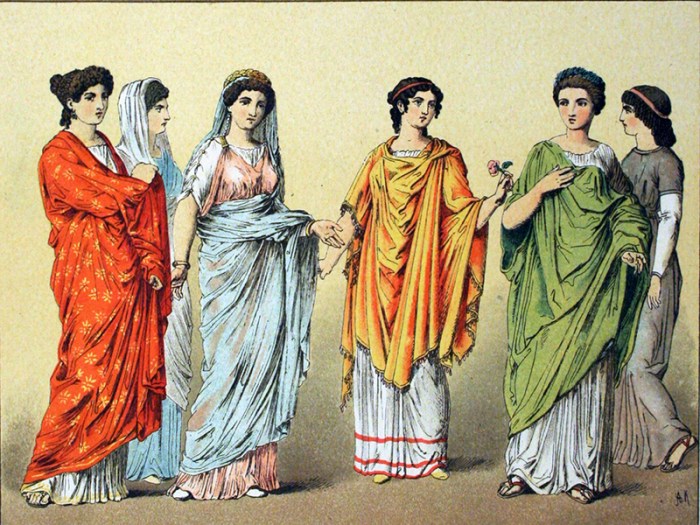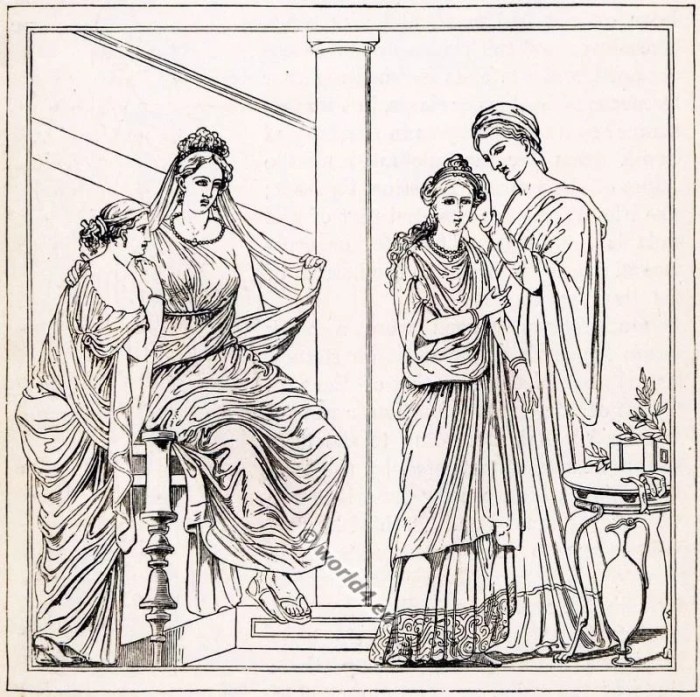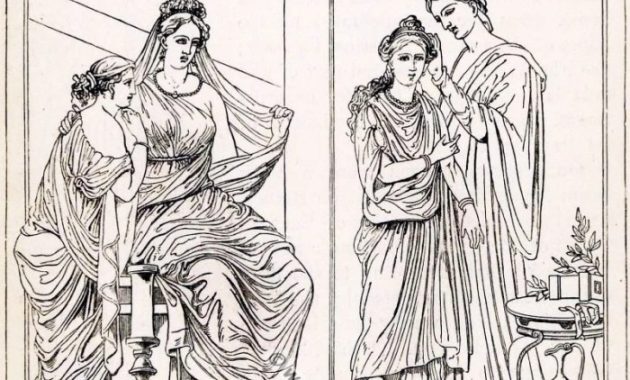American Romani Wedding Dresses: A Tapestry of Tradition and Evolution: American Gypsy Wedding Dress
American gypsy wedding dress – The American Romani wedding dress, a vibrant expression of cultural heritage, boasts a rich history marked by stylistic shifts, regional variations, and enduring symbolic meanings. This exploration delves into the evolution of this captivating attire, highlighting its unique design elements, craftsmanship, and the significant role of family and tradition in its creation.
Historical Evolution of the American Romani Wedding Dress

Source: theblacksea.eu
American Romani wedding attire has undergone significant transformations over the past century, reflecting both internal cultural shifts and external influences. Early 20th-century dresses often featured simpler silhouettes and less elaborate embellishments compared to later styles. The influence of surrounding cultures, such as the broader American fashion trends and the traditions of other European Romani groups, is evident throughout its evolution.
Traditional elements like vibrant colors and intricate embroidery have persisted, while modern adaptations have incorporated contemporary fabrics and designs.
A timeline illustrating key changes might include:
- Early 1900s: Simpler, less ornate dresses, often reflecting prevalent American styles of the time, utilizing readily available fabrics.
- Mid-1900s: Incorporation of more elaborate embroidery and beadwork, showcasing increased access to diverse materials and a growing emphasis on traditional Romani aesthetics.
- Late 1900s – Present: A blend of traditional and contemporary elements, with designers incorporating modern silhouettes and fabrics while retaining key symbolic features like vibrant colors and intricate detailing.
Regional Variations in American Romani Wedding Dresses
Significant regional differences exist within American Romani wedding attire, influenced by factors such as geographical location, cultural exchange, and material availability. These variations contribute to the rich diversity of Romani culture across the United States.
| Region | Distinctive Features | Materials | Image Description |
|---|---|---|---|
| Northeast | More conservative silhouettes, often incorporating darker colors and less elaborate embroidery compared to other regions. | Heavier fabrics like velvet or brocade, often incorporating lace details. | A long-sleeved, floor-length gown in a deep jewel tone, featuring subtle embroidery along the neckline and cuffs. The overall style is elegant and understated. |
| Southeast | Brighter colors, more extensive use of embroidery and beadwork, reflecting a more flamboyant aesthetic. | Lighter fabrics like silk or satin, often adorned with sequins and beads. | A vibrant red or fuchsia gown, richly embellished with intricate floral embroidery and sparkling beadwork, featuring a full skirt and possibly a bolero jacket. |
| Midwest | A blend of styles, influenced by both Eastern and Southern traditions. | A variety of fabrics, reflecting a mix of available materials and personal preferences. | A dress incorporating elements from both the Northeast and Southeast styles, potentially featuring a darker base color with brightly colored embroidery and beadwork accents. |
| West Coast | More contemporary interpretations, incorporating modern silhouettes and fabrics while maintaining traditional Romani elements. | Modern fabrics like chiffon or tulle, often paired with traditional embroidery or beadwork. | A flowing, modern-cut gown in a light pastel shade, featuring delicate lace detailing and subtle, traditional-inspired embroidery. |
Symbolic Meaning and Significance of Design Elements, American gypsy wedding dress

Source: romawonder.com
Specific design elements within American Romani wedding dresses carry deep symbolic meaning and cultural significance. These elements often reflect beliefs, values, and traditions passed down through generations. While some symbolic interpretations may align with those found in other cultures’ wedding attire, many are uniquely Romani.
Visual Representation of Symbolic Meanings:
- Vibrant Colors: Red often symbolizes passion and good fortune, while other bright colors represent joy and celebration. A detailed depiction might show a spectrum of vibrant colors with annotations explaining their associated meanings.
- Intricate Embroidery: The intricate designs often depict floral patterns or other symbolic motifs representing fertility, prosperity, and family lineage. A close-up description could detail the specific stitches and patterns used, highlighting their cultural significance.
- Beadwork: Beads, especially those made of precious or semi-precious stones, can represent wealth, status, and the protection of benevolent spirits. A description could focus on the types of beads used, their arrangement, and their symbolic value.
The Role of Family and Tradition in Dress Selection
Family plays a central role in the selection and creation of an American Romani wedding dress. The process often involves multiple generations, preserving and passing down traditional dressmaking techniques and family history. The design and creation of the dress becomes a collaborative effort, reflecting the bride’s heritage and family values.
A young Romani woman selecting her wedding dress might consult with her mother, grandmother, and other female relatives, sharing ideas and incorporating family heirlooms or traditional patterns into the design. The dressmaking process itself could involve the entire family, with each member contributing their skills and expertise. The finished dress would then become a tangible representation of the bride’s family history and her connection to her Romani heritage.
Modern Interpretations and Contemporary Trends

Source: world4.eu
Contemporary trends in American Romani wedding attire reflect a blend of traditional elements and modern interpretations. While core symbolic elements remain, modern designers often incorporate contemporary silhouettes and fabrics, creating unique and stylish designs.
American Gypsy wedding dresses are known for their vibrant colors and ornate embellishments, a stark contrast to many traditional styles. For a more understated vintage elegance, consider exploring alternative options like those offered by abigail vintage wedding dresses , which might offer a beautiful, refined counterpoint to the bold Gypsy aesthetic. Ultimately, the choice depends on the bride’s personal style, whether she prefers a flamboyant or a more classic look for her special day.
Three dress descriptions spanning different eras:
- 1950s: A full-skirted gown in vibrant red silk, heavily embellished with hand-stitched floral embroidery and sparkling sequins, showcasing a classic, romantic style.
- 1990s: A more streamlined A-line gown in a deep purple velvet, featuring intricate beadwork along the neckline and sleeves, reflecting a balance between traditional and modern aesthetics.
- Present Day: A flowing, bohemian-style gown in a light ivory lace, incorporating traditional Romani embroidery in a modern, minimalist design, showcasing a contemporary interpretation of the classic style.
The Craftsmanship and Techniques Involved
The creation of traditional American Romani wedding dresses involves meticulous craftsmanship and specialized techniques. Handmade elements are highly valued, reflecting the skill and dedication of the artisans involved. The materials used, ranging from traditional fabrics to modern alternatives, often influence the overall aesthetic and durability of the dress.
A step-by-step description of a traditional embellishment technique, such as hand-stitched embroidery, could detail the preparation of the fabric, the selection of threads, the specific stitches employed, and the creation of intricate patterns. This detailed description would highlight the skill and artistry involved in creating these elaborate designs.
Q&A
What materials are traditionally used in American Gypsy wedding dresses?
Traditional materials often include silks, velvets, and brocades, frequently adorned with elaborate embroidery, beading, and sequins.
How long does it typically take to create a traditional American Gypsy wedding dress?
The creation process can be extensive, taking several months or even years, depending on the complexity of the design and embellishments.
Are there specific colors associated with American Gypsy wedding dresses?
While color choices vary regionally and by personal preference, rich jewel tones like deep reds, golds, and blues are commonly seen.
What is the significance of the embroidery on these dresses?
Embroidery often incorporates symbolic motifs representing good luck, fertility, and protection, often passed down through generations of family designs.

